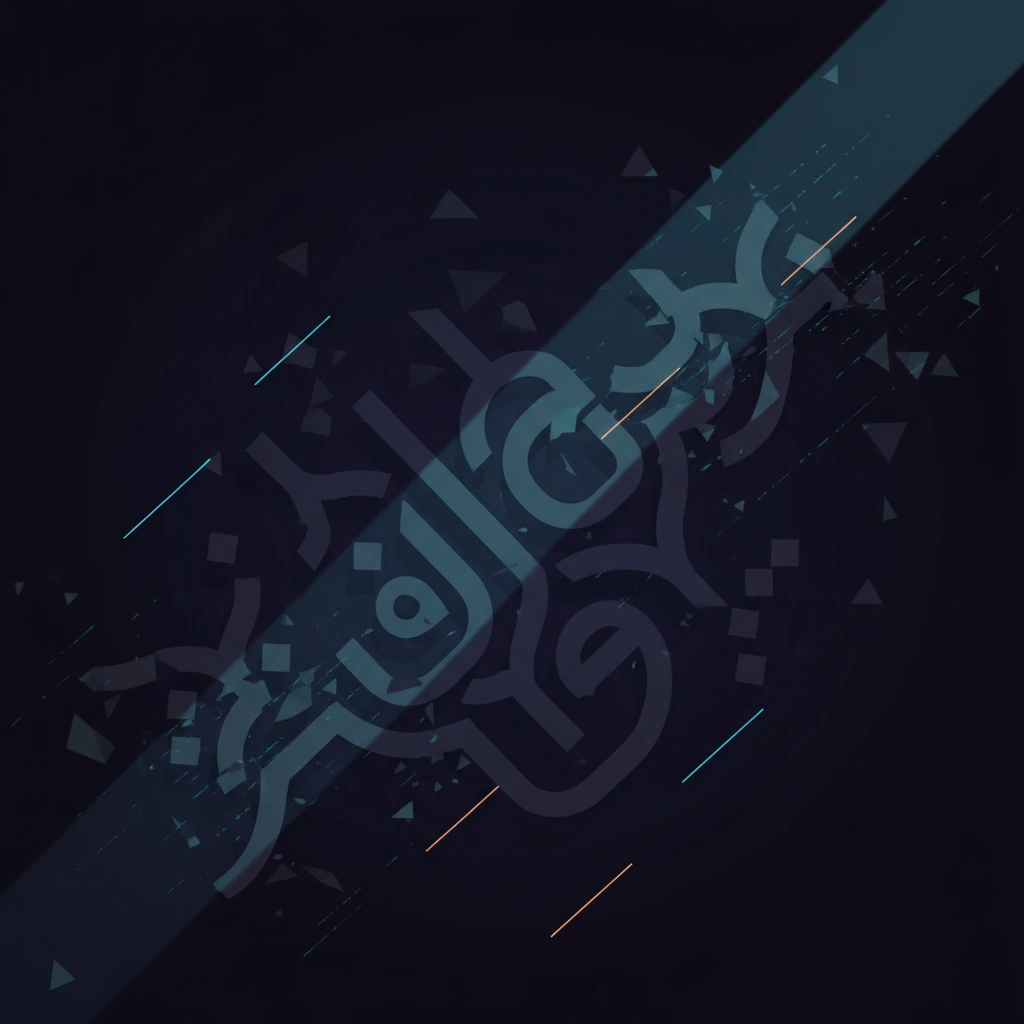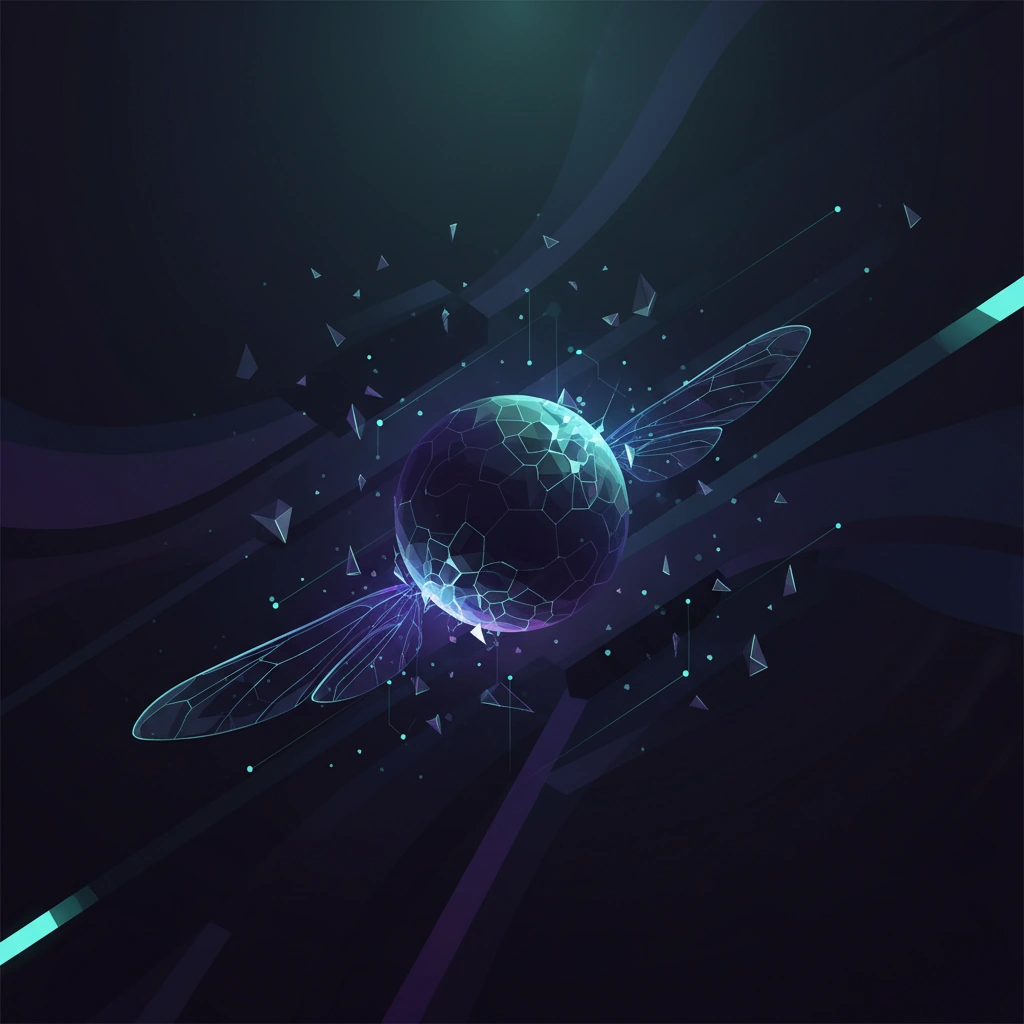Video Professionals Navigate AI Generation Tools
Professional video creators share insights on integrating AI video generation into workflows, revealing both the limitations of current synthetic media tools and emerging use cases in the creative industry.

As AI video generation tools transition from research demos to professional workflows, video creators are grappling with a fundamental question: where do these synthetic media capabilities actually fit in production pipelines?
The landscape of AI video generation has evolved rapidly over the past two years. Tools like Runway's Gen-3, OpenAI's Sora, and emerging platforms from Google and others promise to revolutionize video creation. Yet professional video editors, VFX artists, and content creators are finding that the reality is more nuanced than the hype suggests.
The Current State of AI Video Generation
Today's AI video generation tools excel at certain tasks while falling short on others. Industry professionals report that these systems can generate impressive establishing shots, abstract visuals, and conceptual content quickly. However, they struggle with consistency across shots, maintaining character continuity, and producing footage that matches the technical standards required for professional productions.
The temporal coherence problem remains one of the biggest challenges. While a single AI-generated shot might look compelling, creating a sequence of shots that maintain visual consistency—essential for narrative work—proves difficult. This limitation means that AI-generated video often works best for standalone shots rather than integrated sequences.
Professional Workflow Integration
Video professionals are discovering practical applications that play to AI generation's strengths. These include:
Rapid prototyping and previz: AI tools allow directors and cinematographers to quickly visualize concepts before committing to expensive shoots. This capability accelerates the creative decision-making process.
B-roll generation: For documentary work and content creation, AI can generate supplementary footage that would be expensive or impossible to capture traditionally—historical reconstructions, impossible camera angles, or abstract visualizations.
VFX enhancement: Rather than replacing traditional VFX workflows, AI video generation serves as another tool in the effects pipeline, particularly for generating textures, backgrounds, or reference materials.
Technical Limitations and Quality Concerns
The technical constraints of current AI video generation systems remain significant. Resolution and quality often fall below broadcast standards, requiring additional upscaling and enhancement. Motion artifacts—unnatural movements, morphing objects, and physics violations—frequently appear, necessitating manual cleanup or limiting usability.
Control mechanisms also present challenges. While tools offer text prompts and increasingly sophisticated parameters, achieving precise creative vision remains difficult. The stochastic nature of these systems means results vary unpredictably, even with identical prompts.
The Authenticity Question
For news and documentary work, the rise of AI video generation raises critical questions about digital authenticity. Professional organizations are developing guidelines for disclosure when synthetic media is used. Some productions are implementing content authentication protocols, including cryptographic signing and metadata standards like C2PA (Coalition for Content Provenance and Authenticity).
The ability to generate convincing synthetic footage has also accelerated demand for detection technologies. Video professionals working in journalism and factual content are incorporating verification steps into their workflows, examining footage for AI generation artifacts before publication.
Economic and Creative Implications
The economics of video production are shifting as AI tools reduce certain costs while creating new skill requirements. Stock footage markets face disruption as custom AI-generated content becomes viable for specific applications. However, the need for human creative direction, technical expertise, and quality control ensures that AI generation complements rather than replaces professional video creators.
Creative professionals emphasize that AI video generation tools are most valuable when understood as augmentation rather than automation. The technology accelerates certain tasks and enables new creative possibilities, but producing professional-quality content still requires human expertise, artistic vision, and technical skill.
Looking Forward
As AI video generation technology continues improving—with better temporal consistency, higher resolution output, and more precise control mechanisms—its role in professional workflows will likely expand. However, the fundamental challenge of maintaining creative control while leveraging AI capabilities will persist.
The video professionals successfully integrating these tools share a common approach: understanding the technology's strengths and limitations, identifying appropriate use cases, and maintaining rigorous quality standards. Rather than viewing AI as a threat or panacea, they treat it as another tool in an expanding creative toolkit.
Stay informed on AI video and digital authenticity. Follow Skrew AI News.



